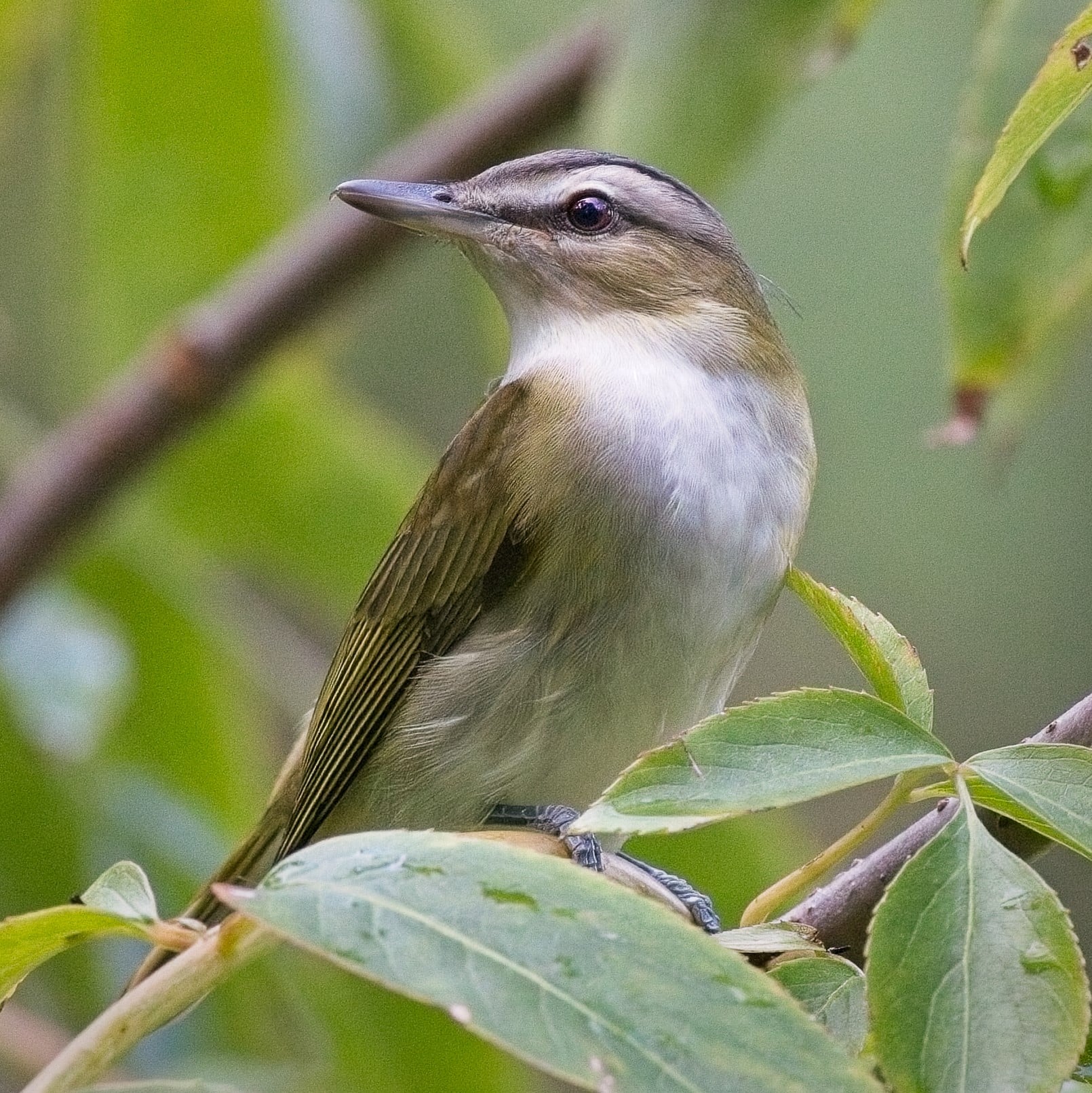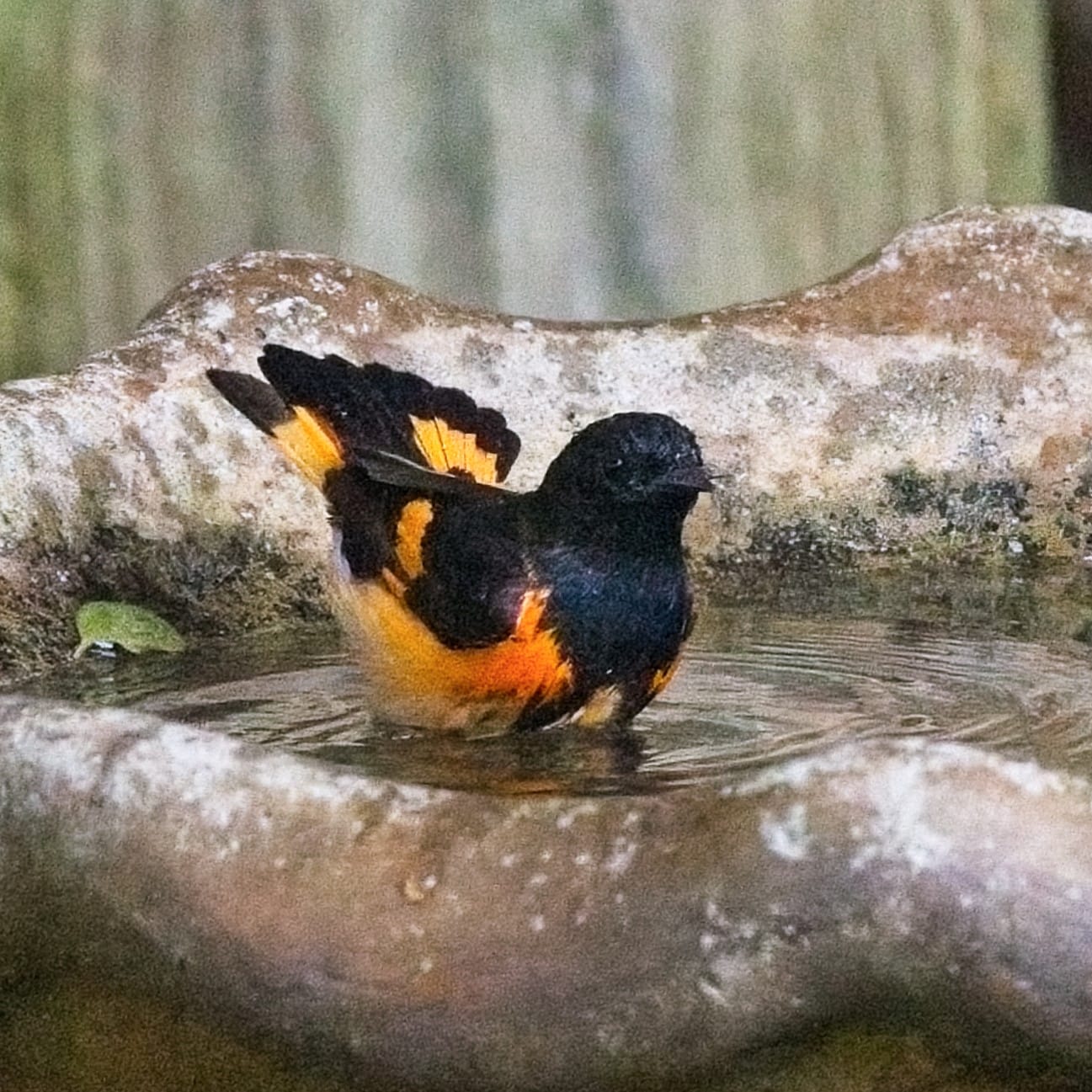The fall migration of birds is as good a time as any to channel the spirit of Judy Toups – the Grand Dame of Mississippi Coast Birding. In her memory, it is a great time to challenge yourself to make her joy of birding your own. Birds of all sizes, shapes and colors are on the move, making every backyard, field, woodland, or wetland a destination to discover transient birds that pass through the coast twice a year on their annual migration to and from the Americas.
Judy would be smack in the middle of her favorite haunts this time of year, peering through her binoculars and listening for the tell-tale calls of birds flitting about from branch to branch, seeking sustenance to fuel their trans-Gulf flight to come. Transient species are those that breed in the northern reaches of the U.S. and Canada. They arrive in early spring on their northern trek but are not as easily discovered then, as they do not linger. Fall is a different story.
How long can you flap your arms, nonstop? Ruby-throated Hummingbirds are known to travel as fast as 50 miles per hour. The simple math of their Gulf transit of 500 miles means they flap those little wings, nonstop, for about 10 hours. Flights of other migrants are about the same and require enough fat reserves to fuel the trip. Our woodlands and wetlands are important grocery stores for this purpose. For us along the northern Gulf coast, this provides more time to discover and observe these long-distance flyers as they build up fat reserves for their trip.
Now, some of my birder friends may say that this is not the ideal time to learn to identify birds, as many of these migrants, especially warblers, look very much alike. They are also not in their breeding plumage, making identification even harder. Their young add to the challenge of confirming identity. I say, Bah Humbug! Yes, a novice like myself may not be able to accurately identify that warbler but, watching them is a blast and does not require us to know their name. If anything, it can inspire us to pay closer attention and even place ourselves on the road to becoming a birder. Yikes!
Whether you go down that path or not, Judy would be happy either way. Much of her joy was teaching others how to look for and identify birds, anytime of the year. For those of us lucky enough to have known her, none of us came away uninspired. She was a tireless advocate for birds, almost single-handedly launching the Mississippi Coast Audubon Society Chapter in 1975, focused on protecting the Least Tern colonies that still nest on our beaches.
Judy was a person that was hard to say “no” too – because if you knew her, you understood her passion for what she needed help with. Almost worse than having Catholic guilt. For me, that passion for helping birds recover after Hurricane Katrina spurred us to develop the Backyard Bird Recovery Program, that provided 86,000 bare root trees to replant those lost to the storm, and build hundreds of recycled fence board birdhouses, because “Our cavity nesting birds have lost their homes Mark!” We all said “Yes Mam!”.
Although I think of Judy often, it is the call of a Downy Woodpecker that causes me to smile. It was this bird that let out its call as I stepped out of my car upon returning to my home and woods after the storm. All I could think of was, “Judy, it will all be OK.” So, get outside and channel one of the greatest friends of birds – Judy Toups.
Hope to see you in our great outdoors!
Photos Courtesy of Sharon Milligan – Red-Eyed Vireo (Title Photo) and American Redstart





